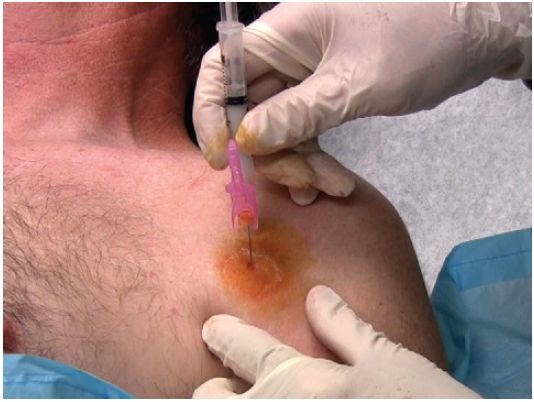FIGURE 6.16 Muscles of anterior left arm. (From Tank PW, Gest TR. Lippincott Williams & Wilkins Atlas of Anatomy. Philadelphia, PA: Lippincott Williams & Wilkins, 2009.)
PATIENT POSITION
- Supine on the examination table with the head of the bed elevated 30 degrees.
- The patient’s hands are placed in a position of supination at his or her side with slight external rotation of the arm.
- Rotate the patient’s head away from the side that is being injected. This minimizes anxiety and pain perception.
LANDMARKS
1. With the patient lying supine on the examination table, the clinician stands lateral and posterior to the affected arm.
2. Instruct the patient to flex the elbow and contract the biceps muscle.
3. Palpate the course of the long head of the bicipital tendon over the anterior aspect of the upper arm.
4. Determine the location of maximal tenderness, which will most likely be under the edge of the pectoralis major muscle. Mark that spot with an ink pen.
5. At that site, press firmly on the skin with the retracted tip of a ballpoint pen. This indention represents the entry point for the needle.
6. After the landmarks are identified, the patient should not move the shoulder or arm.
ANESTHESIA
- Local anesthesia of the skin using topical vapocoolant spray.
EQUIPMENT
- 3-mL syringe
- 25-gauge, 1½ in. needle
- 1 mL of 1% lidocaine without epinephrine
- 0.5 to 1 mL of the steroid solution (20 to 40 mg of triamcinolone acetonide)
- One alcohol prep pad
- Two povidone–iodine prep pads
- Sterile gauze pads
- Sterile adhesive bandage
- Nonsterile, clean chucks pad
TECHNIQUE
1. Prep the insertion site with alcohol followed by the povidone–iodine pads.
2. Achieve good local anesthesia by using topical vapocoolant spray.
3. Position the needle and syringe at a 45-degree angle to the skin with the needle tip directed proximally.
4. Using the no-touch technique, introduce the needle at the insertion site (Fig. 6.17).
5. Advance the needle until the needle tip touches the tendon. (An increase in resistance will be detected.) Back up the needle 1 to 2 mm.
6. Inject the steroid solution as a bolus around the bicipital tendon. The injected solution should flow smoothly into the tenosynovial sheath. If increased resistance is encountered, advance or withdraw the needle slightly before attempting further injection.
7. Following injection of the corticosteroid solution, withdraw the needle.
8. Apply a sterile adhesive bandage.
9. Instruct the patient to move his or her biceps muscle and shoulder through their full range of motion. This movement distributes the steroid solution throughout the tenosynovial sheath.
10. Reexamine the arm in 5 min to confirm pain relief.

FIGURE 6.17 Bicipital tendosynovitis injection.





